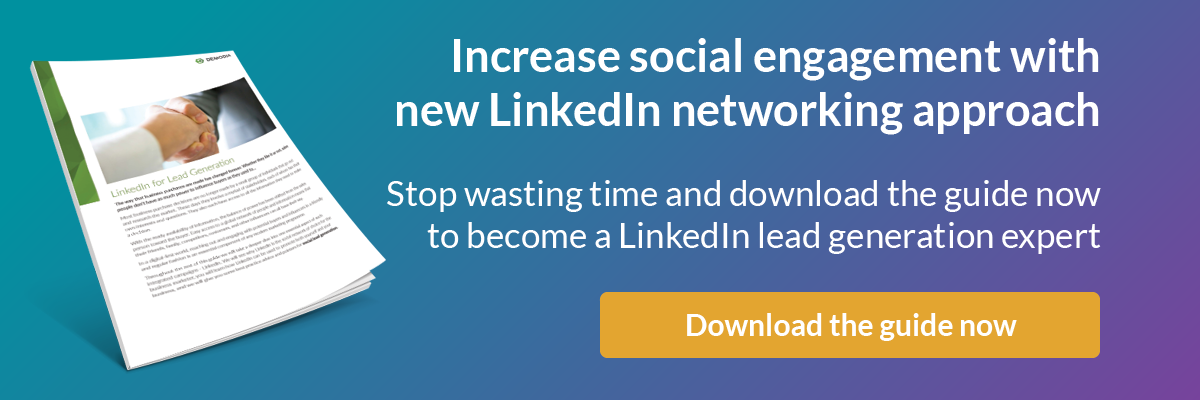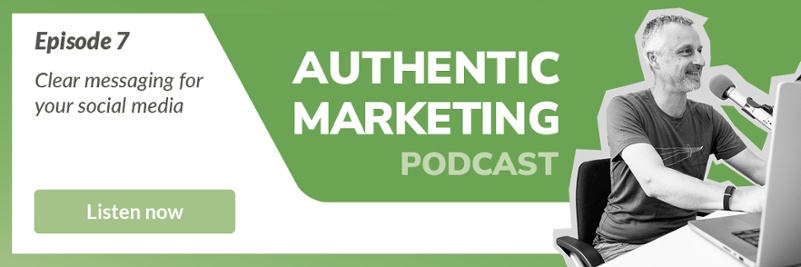
People remember stories better than facts and figures. Personal anecdotes and narratives evoke emotions, making your message more memorable. Whether you're a job seeker, entrepreneur, or seasoned professional, harnessing the power of storytelling can set you apart in a sea of LinkedIn profiles.
So where do you begin creating that storytelling magic? Well, first let's see how storytelling structure works:
There is:
- A hero, who in storytelling for marketing is always the customer
- who has a problem and
- you as the brand are the guide who shows the hero how to solve his problem,
- because you have a plan and
- tell the hero what he has to do (Call To Action).
- You show him what will happen if he refuses your help (Failure)
- and you guide him to the happy end (he buys your product and becomes your customer).
How to use storytelling on your LinkedIn
Know your audience
Define your hero, aka your target audience. Every great storyteller knows their audience inside out. Before crafting your LinkedIn tale, take some time to research the people you want to engage with:
- In which environment does he work?
- What are their interests, pain points, and aspirations?
The more precise the picture of your customer is, the greater the chance of arousing his interest with your blog post. Understanding your audience will help you tailor your stories to resonate deeply with them.
Practical tips:
- Join LinkedIn groups that are relevant to your brand and target audience. This will help you gain insights into what topics your target audience is engaged in and what trends are currently being discussed.
- Identify LinkedIn hashtags that your target group uses.
Craft a compelling summary
Your LinkedIn summary is the perfect place to begin your storytelling journey. Instead of using it as a traditional summary, transform it into a captivating narrative that showcases your personality. Embrace your authenticity and let your personality shine through in your storytelling.
Every superhero has an origin story, and so do you! Share how your professional journey began, the challenges you faced, and the lessons you learned.
Be clear about what problem you are solving for your target audience.
Practical tips:
- Create informative articles or tutorials on how you solve the problem.
- Start your story with a compelling hook. It could be a thought-provoking question or a bold statement that piques their curiosity.
- Ask questions: identify problems by asking your audience and then providing the answers.
- Engage the reader's senses to make them feel like they are part of your story.
Share milestones and lessons learned
Life is full of ups and downs, and your LinkedIn connections want to know how you navigated through tough times. Did you overcome a career setback or turn a business failure into success? Remember that mentor who had a profound impact on your professional journey? Share the wisdom they imparted and how it shaped your approach to work and life.
Your role in storytelling is to be the guide, passing on your knowledge and wisdom to others.
Show how you solve your hero's problem.
- With empathy. You understand your customers and therefore bring the maximum result.
- With authority. You have the appropriate experience, methods and awards to solve the problem.
Practical tips:
- Announce any awards, recognition or prizes you have received.
- Publicise industry news and trends: Share relevant news and trends from your industry and add your commentary or analysis.
- Describe the evolution that has led you to where you are today.
- Partner with other LinkedIn users to create engaging stories that leverage each other's expertise and experiences.
Show, don't tell
As a mentor, it is your job to show exactly how you can solve a problem. Only you have the key to the problem: the plan. Your job now is to give your audience a plan.
How can you translate your plan into LinkedIn content?
Incorporate images, videos, or infographics to enrich your storytelling experience. Visual content can significantly amplify engagement and make your stories more memorable.
Practical tips:
- Offer free resources such as e-books, white papers or guides that focus on solving the problem.
- Complement your storytelling with eye-catching images or short videos that talk about problems you solve.
- Show how your process works in how-to infographics, guides or tutorials.
Show transformation
Authenticity is key to successful storytelling. Be genuine, share your vulnerabilities, and let your personality shine through. People appreciate honesty and are more likely to connect with you when they can relate to your experiences.
The main essence of storytelling is transformation, the engine of it all. But how can you showcase transformation in LinkedIn posts? We all have those lightbulb moments that change our lives forever. Share your "Aha!" moment – the breakthrough idea that transformed your career or business. Inspire others to think differently and embrace innovation.
Practical tips:
- Post case studies showing the positive results you or your brand has brought to the customer.
- Produce a video where your customers have their say and share their success stories.
- Encourage your audience to share their thoughts, experiences, and opinions in the comments, creating a sense of community around your stories.
Measuring the impact of your stories
And remember to track and measure your profile. To improve, you need to know precisely was works and what's not resonating with your audience. In order to do that, you need to:
- Track engagement metrics - LinkedIn provides valuable insights into the performance of your posts. Monitor likes, comments, shares, and click-through rates to understand which stories resonated most with your audience.
- Learn from feedback - don't shy away from feedback, both positive and constructive. Embrace it as a learning opportunity and fine-tune your storytelling skills based on the responses you receive.
- Iterate and improve - Effective storytelling is an ongoing process of improvement. Keep experimenting with different formats, topics, and approaches to find what works best for your audience.
Congratulations! You are now equipped with the superpower of storytelling on LinkedIn. Embrace your authenticity, connect with your audience on a personal level, and let your stories leave a lasting impact. Remember, the art of storytelling takes practice, so keep honing your skills and watch your LinkedIn tribe grow!
If you need support to tell your story on LinkedIn, make an appointment with us today. Our expertise is in crafting your story and communicating it to your audience. Do you have questions about how you too can use storytelling efficiently? Our storytelling experts are happy to assist your marketers with effective storytelling coaching. You can make an appointment to discuss your problem here.




